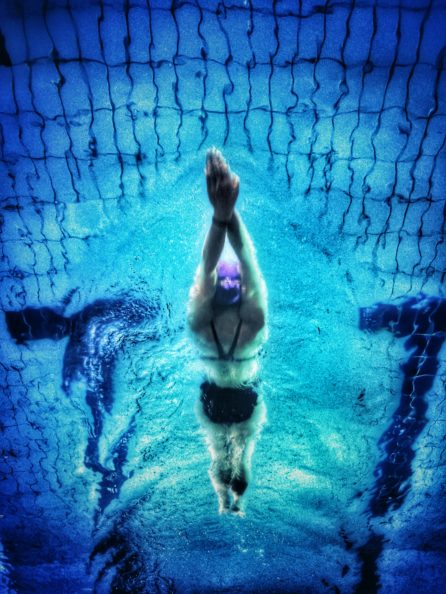(512) 416-7700 | CONTACT US | MAP
Are certain movements always painful, uncomfortable, or difficult to execute? Not as strong as you think you should be for how hard you workout? Unable to perform with equal strength and flexibility on both sides of your body?
These are signs of muscle inhibition, frequently a product of unresolved sports injuries. No matter your sport or activity, you need a pain free and fully functioning body to perform and compete at your best. MultiSensory Functional Integration (MSFIntegration), identifies and wakes up inhibited muscles, allowing your body to coordinate movement and optimize strength and flexibility. Though this method of addressing body imbalance is useful for everybody, athletes, and former athletes find this method particularly satisfying.

If you’re like most athletes, you love your sport, so much that you play through the pain. Don’t let a sports injury hold you back any longer.
Weak muscles are a result of ongoing neural inhibition that prevents the central nervous system from fully activating the dysfunctional muscle. Nearby muscles and tissues must compensate for the weakness by taking on more load. This results in adaptive movement patterns: also known as “recruitment” or “adaptation”.
Adapted tissues become the next site of injury, and the injury/adaptation cycle continues. To that end your body compensates and compensates, leaving no other muscles to recruit for further adaptation. Additional stress is placed on the ligaments and connective tissues, and they begin to break down more rapidly. This results is degenerative changes in the joint, and ultimately, pain and decreased performance.
When a muscle is overloaded beyond its capacity–due to repetitive strain or too great a stress–then either the muscle tears or the nervous system “shuts off” the muscle to prevent severe injury. Inhibition takes place in nerve centers called proprioceptors.
These centers sense and monitor tension, stretch, motion and pressure to coordinate efficient muscle contraction and movement. Trauma and inflammation “trip” these centers much like a circuit breaker in an electrical circuit. Once this occurs, inhibition, or sensory blind spots, remains even when the muscle is under load. Leaving you with loss of range of motion, pain, and weakness. Ultimately, leading to decreased performance.
You’ve tried medical doctors, medications, and even traditional chiropractic adjustments without improvement. These therapies are not addressing the root cause of your joint and muscle pain. Consequently, getting to the core problem is key, since treating the adaptation and symptoms of an injury will never allow for full recovery.
This system of analysis challenges the muscles’ reaction to sensory information of force direction, speed, and pressure to correct muscular weakness and imbalance. Loss of muscular contraction and coordination results in decreased: range of motion, joint stability, injury resolution, and overall human performance.
When you focus on the root of the problem, you can experience dramatic change and healing. MSFIntegration addresses the imbalances in the body, healing the body on a much more complete level, leading to complete recovery and success in cases where other techniques are only partially successful.
Most people who seek this care are active, or want to be active again. Let us help you work your body efficiently, feel great and restore flexible strength.
Your body doesn’t move into positions of instability. Instead, you will restrict motion in areas of inhibition to protect your joints and tissues. Vectors of directional force challenge joint motion and the coordination of force propagation through the biomechanical chain to locate areas of potential muscle weakness. Precise muscle testing in suspected areas confirms muscle inhibition.
With small, quick pressure differentials along the direction of sensory blindness or inhibition, we re-engage the muscle fibers ability to sense the direction of incoming force again. This allows the muscle to move with the force instead of holding against it, creating a dynamic flexible motion along the normal biomechanical chain. Most noticeable muscular inhibition involves blindness along a variety of planes (due to previous impact along a variety of planes like in football, contact sports, skiing, water skiing, and motorcycle injuries). By re-engaging each of the planes that move in a concerted way through the body, flexibility, strength and energy is restored.